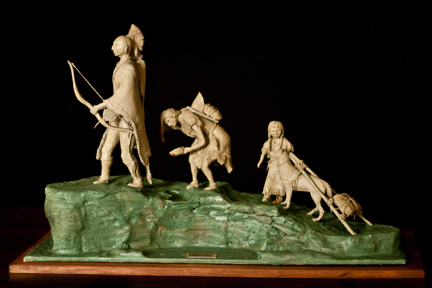
The Osage Legacy sculpture will tower 35 feet in the air in the area next to the Cuba Visitor Center and depict an Osage family traveling westward on the Osage Trail. Curtis Tutterrow photo.
Cuba, Missouri is preparing to create an Osage sculpture with the members of an Osage family and their dog traveling Westward on the Osage Trail. The trail ran along the Osage Plateau in the Cuba area. The Osage nation has approved the project, and with a $100,000 start, a committee has been formed to continue to raise funds and oversee construction of the sculpture that will celebrate the Osage Nation nation’s history and legacy. After months of planning and approval of the city council, construction begins in 2015, and the project is expected to take two years.
The statue was the brainchild of artist Glen Tutterrow. Aided by his son Curtis, the two have created a model that allows the viewer to get an idea of the finished steel sculpture, which will be 35 feet tall, 20 feet wide, and 80 feet in length. It will stand on land adjacent to the Cuba Visitor Center at Exit 208. This moccasin photo below gives an idea of the scale of the Ozark Legacy Project. Parts of the sculpture will be fabricated off-site and then assembled at the site.
Workman Construction will assist with foundation work, and Lowes Landscaping will handle installation of native grasses, plants, and a water feature. The monument’s height will allow it to be seen from the interstate by both eastbound and westbound traffic. Lighting is planned so that the sculpture will also be visible at night. It is expected that the project will take two years to complete and will be the only sculpture in Missouri to honor the Osage Nation.
Update: As of January 2017, the two smallest figures are in place on the built-up base of the sculpture with the 3rd mother figure soon to be placed. It is hoped that the sculpture will be completed during the summer of 2017. Osage artist Norman Akers will also paint an Osage-themed mural in Cuba’s historic uptown area in July of 2017.
The monument will draw many visitors to the site and the town and provide a greater knowledge of the culture and history of the Osage, which will also be featured in exhibits at the History Museum on N. Smith Street.
According to the project’s website, the Osage Nation was the largest tribe to ever populate Missouri. Without boundaries or geographical constraints, the tribe was as equally at home in the forest or on the plains. Every aspect of their lives was regulated by tribal custom and tradition.
The Osage were known for their height and courage. To read more of the history of the Osage visit the project’s website.
Once again, Cuba, Missouri, a small town with big ideas, is ready to tackle a monumental project that will continue to make Cuba a town where art meets history in a significant way. Cuba has already been designated “Route 66 Mural City” by the Missouri Legislature for its outdoor murals that depict the history of the town and the nation. This project will continue to show Cuba students a visual panorama of history.
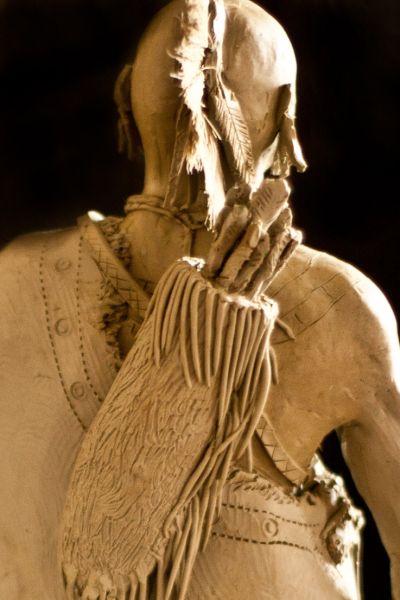
The sculpture is dedicated to the to the trail that the Osage blazed and to their courage. The sculpture will show authentic details of the Osage and has been approved by the Osage tribe.
If you would like to contribute to the project, visit the Osage Legacy Website to donate online or send a check made out to the Osage Trail Sculpture Fund to Osage Trail Sculpture Fund, C/O Community Foundation of the Ozarks, 106 E. Washington St. Cuba, MO 65453.
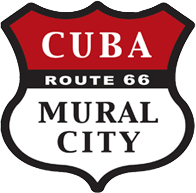
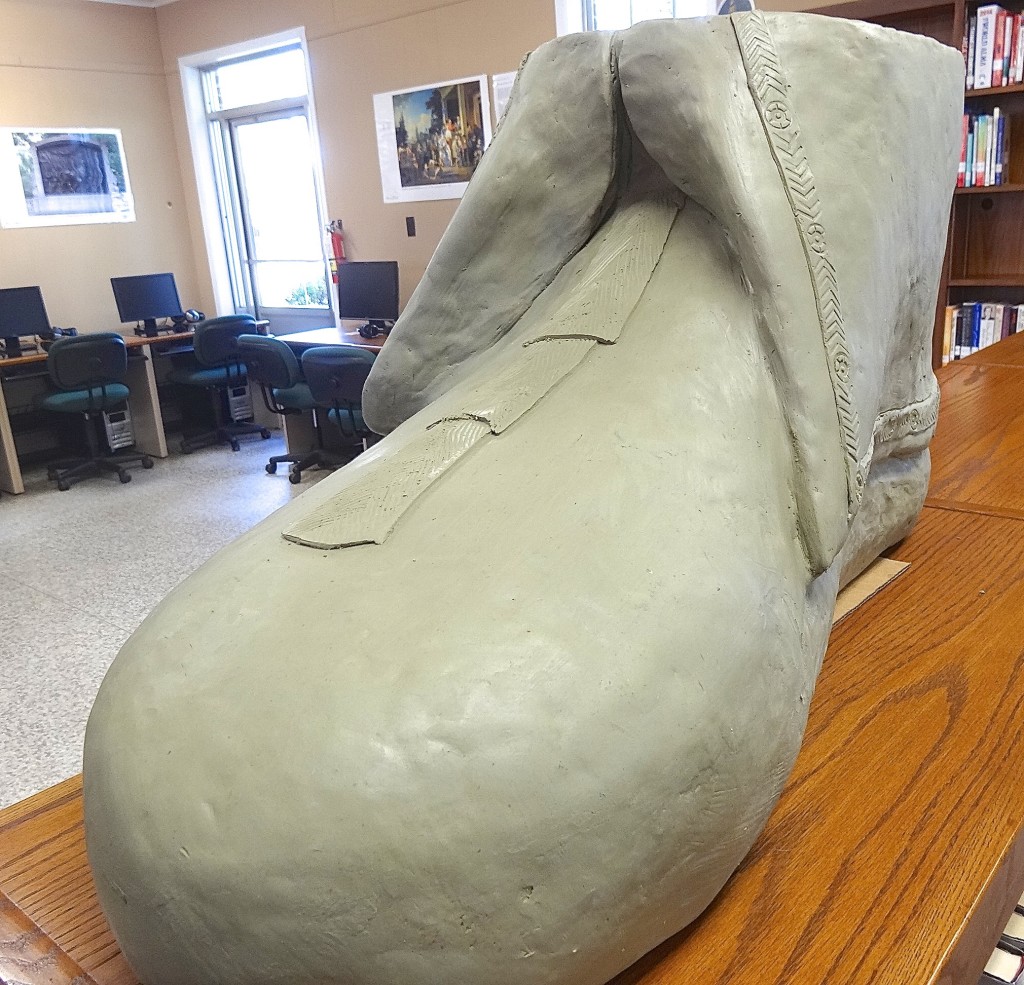

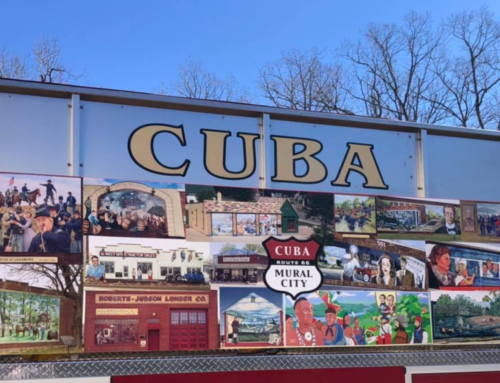

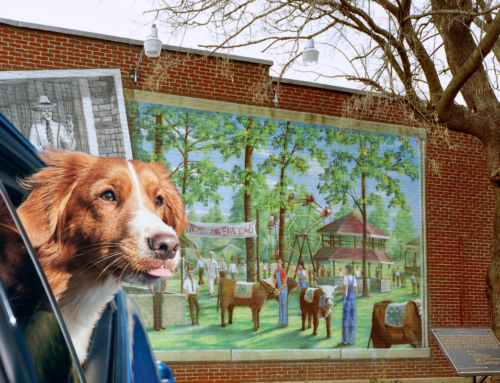

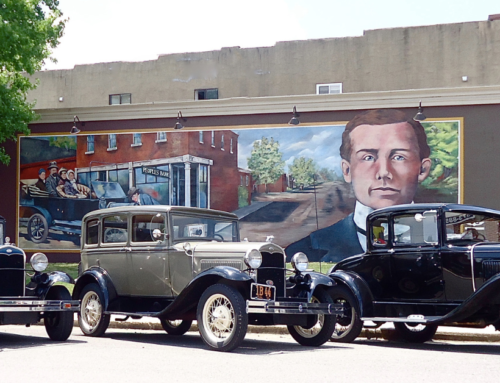
I find the woman bent over double, with just her child as a burden, demeaning to Osage women, who were as tall and proud as their men. And the travois with the dog…that’s hardly the sorts of loads they had their dogs pulling…the dogs were bigger and the loads much heavier, generally dragging their summer tents. ”
I’m surprised the Osage signed off on this.
Thanks for your comments. Perhaps the artists will see you comments and consider your suggestions and make the figure a little more upright in the final design. It will be an amazing structure.
The women is bent over because the bowl in her hand will have water running out of it when the project is finished. As a side note though, in the actual sculpture she is not bent over nearly as much as the original clay model originally was.